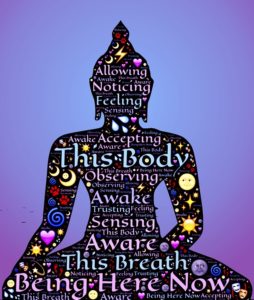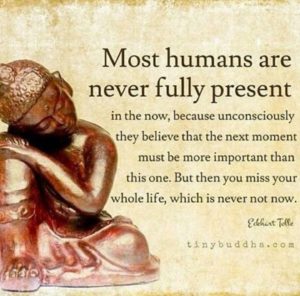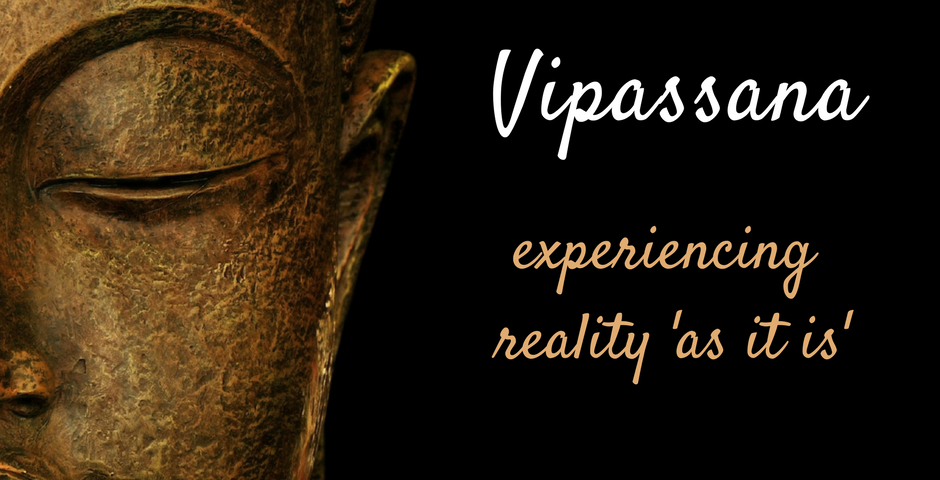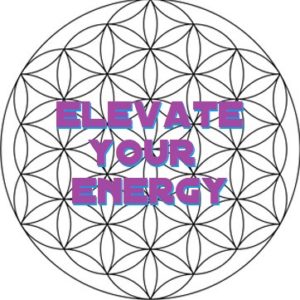I have had several profound, transformational experiences in my life that have been catalysts for significant shifts in my consciousness, including (but not limited to):
- A rollover car accident in my teens, where I fractured several vertebrae
- My father’s death due to cancer at a relatively young age
- The birth of our daughter
- My first breakthrough DMT experience
- My first (and only) full release 5MEO experience
- Vipassana 10 day silent meditation retreat
Of these life events, Vipassana is the most recent. As with almost all of my life-changing experiences, Vipassana was both challenging and liberating. Although it is something one must experience to understand, I’d like to briefly share some of my own observations from this course to potentially provide some insight to others who may be interested in trying it for themselves.

So why did I decide to give up talking, technology / devices, books, writing, and commit to ten days of silence with ten hours of deep meditation daily?
Over the past few years meditation has become a keystone of my own spiritual practice. In learning more about different forms of meditation I’ve gravitated towards a Buddhist path, although ultimately I feel one must release any attachment to a specific ‘belief system’ to end self-grasping and allow oneself to dissolve into full awareness.
While diving into this exploration of meditation and regularly attending ‘classes’ at a local Buddhist center, I learned about the formal, informal, and intensive practice of meditation. A meditation retreat or course is an example of intensive practice. I had already participated in a one day silent meditation retreat and found it quite enriching so I knew I wanted to do more. Several people who had done the Vipassana course recommended it to me, and although I knew it would be challenging I decided I was ready for this experience.
It turned out to be a powerful reminder of how our self-grasping, attachment, and searching for happiness outwardly leads to suffering and that we must look inward and liberate ourselves at the root level. I discuss my experience in this video:
Here’s some information I borrowed from their website:
Vipassana is one of India’s most ancient meditation techniques. Long lost to humanity, it was rediscovered by Gotama the Buddha more than 2500 years ago. The word Vipassana means seeing things as they really are. It is the process of self-purification by self-observation.
You Have the Answer; Just Get Quiet Enough to Hear It.
One begins by observing the natural breath to concentrate the mind. With a sharpened awareness one proceeds to observe the changing nature of body and mind and experiences the universal truths of impermanence, suffering and egolessness. This truth-realization by direct experience is the process of purification. The entire path (Dhamma) is a universal remedy for universal problems and has nothing to do with any organized religion or sectarianism. For this reason, it can be freely practiced by everyone, at any time, in any place, without conflict due to race, community or religion, and will prove equally beneficial to one and all.

What Vipassana is Not:
- It is not a rite or ritual based on blind faith.
- It is neither an intellectual nor a philosophical entertainment.
- It is not a rest cure, a holiday, or an opportunity for socializing.
- It is not an escape from the trials and tribulations of daily life.
What Vipassana is:
- It is a technique that will eradicate suffering.
- It is a method of mental purification which allows one to face life’s tensions and problems in a calm, balanced way.
- It is an art of living that one can use to make positive contributions to society.
Vipassana meditation aims at the highest spiritual goals of total liberation and full enlightenment. Its purpose is never simply to cure physical disease. However, as a by-product of mental purification, many psychosomatic diseases are eradicated. In fact, Vipassana eliminates the three causes of all unhappiness: craving, aversion and ignorance. With continued practice, the meditation releases the tensions developed in everyday life, opening the knots tied by the old habit of reacting in an unbalanced way to pleasant and unpleasant situations.
The process of self-purification by introspection is certainly never easy–students have to work very hard at it. By their own efforts students arrive at their own realizations; no one else can do this for them. Therefore, the meditation will suit only those willing to work seriously and observe the discipline, which is there for the benefit and protection of the meditators and is an integral part of the meditation practice.
If you plan on going, be ready for a challenging and very positive experience (and be prepared for Goenka’s long ‘croaking’ yet empowering chants!). 😉


